Welcome
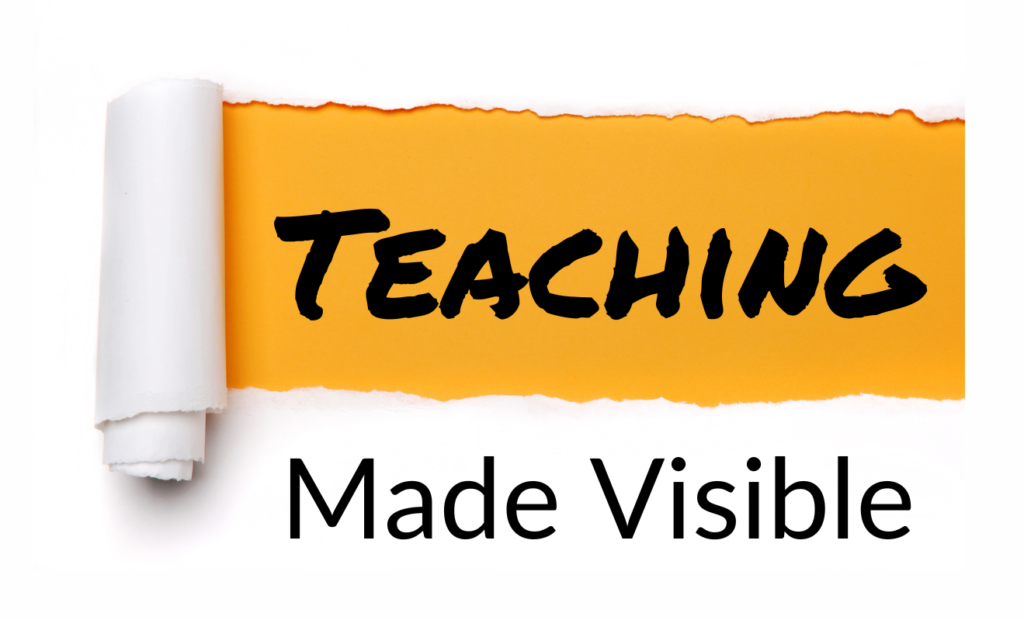
I had an idea — well, several ideas, I guess. I wanted a project that could be an excuse to work with some of the great people I know. I wanted a low-stakes venue to write as a form of working out my own thinking. I wanted a kind of writing that could be a joy rather than a dreaded item on my to-do list.
I started to loosely outline an idea for an old-school group blog. I envisioned essays and posts in each person’s distinct voice. I pictured us reading each others’ pieces, commenting, creating conversations. Some of my friends and colleagues were skeptical, to say the least. For one thing, who blogs anymore, in the era of social media?
But one time, I described this idea of the most informed, engaged, inspiring educators I know, writing informally — maybe even tentatively — in conversation with each other and the wider worlds of education and pedagogy. And I got just the affirmation that I needed:
“That would be like listening to the conversations I wish I had with colleagues.”
(I’ll keep who said that to myself, to protect her colleagues.)
So I’m founding Teaching Made Visible. We’ll talk about teaching and learning construed broadly. If the team of voices I’ve put together here can be generalized, I think it’s fair to say we’re all interested in social justice, the interplay between theory and practice, and a certain balanced respect for both scholarly, research-based understandings and practical, experience-based ones. Maybe, if we live up to the affirmation above, it’ll be like virtual hallway conversations among educators.
Team of contributors
The “groupness” of this project has remained the one non-negotiable for me. I had no interest in just starting a blog of my own. I’m excited to showcase some great voices from important perspectives. And I get the joy of having a project I’m working on with them. Let me introduce them in my own words here, then I can give them the floor from here on out:
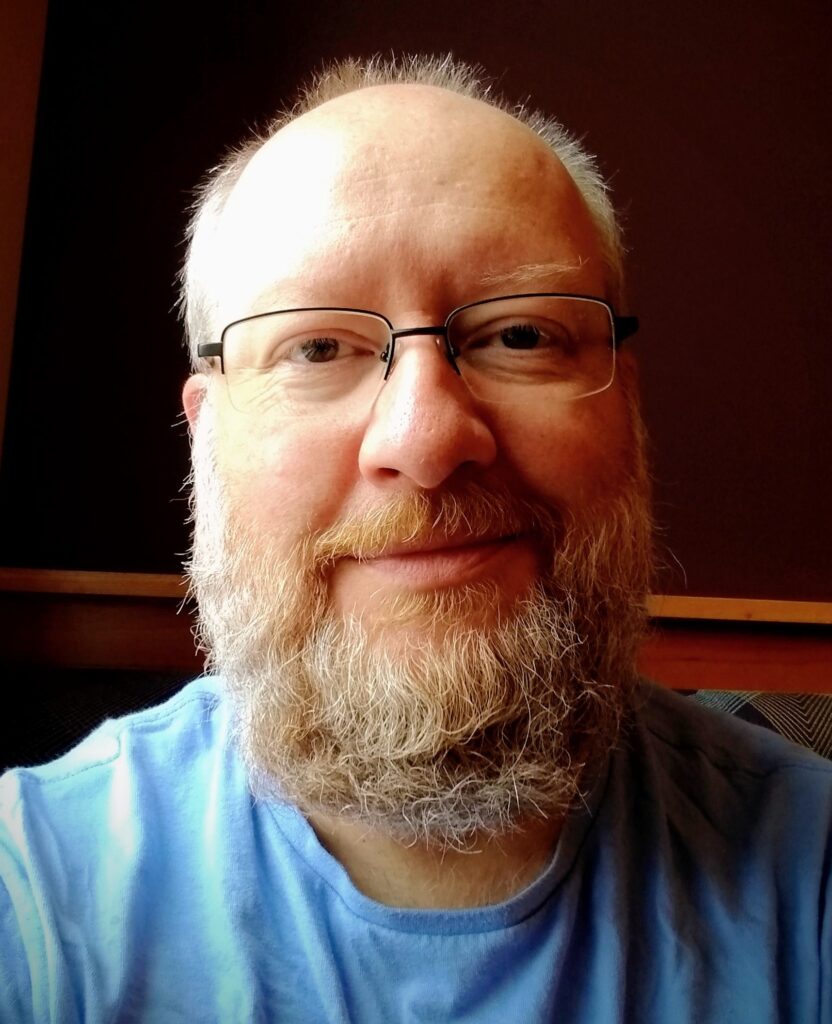
I’m Scott Seagroves. I teach physics and direct the liberal arts general education program at The College of St. Scholastica. A lot of my career has been connected to the Institute for Scientist & Engineer Educators, where I recently led a collection of publications. I’m pursuing an Ed.D. studying “teacher identity” in higher education faculty.
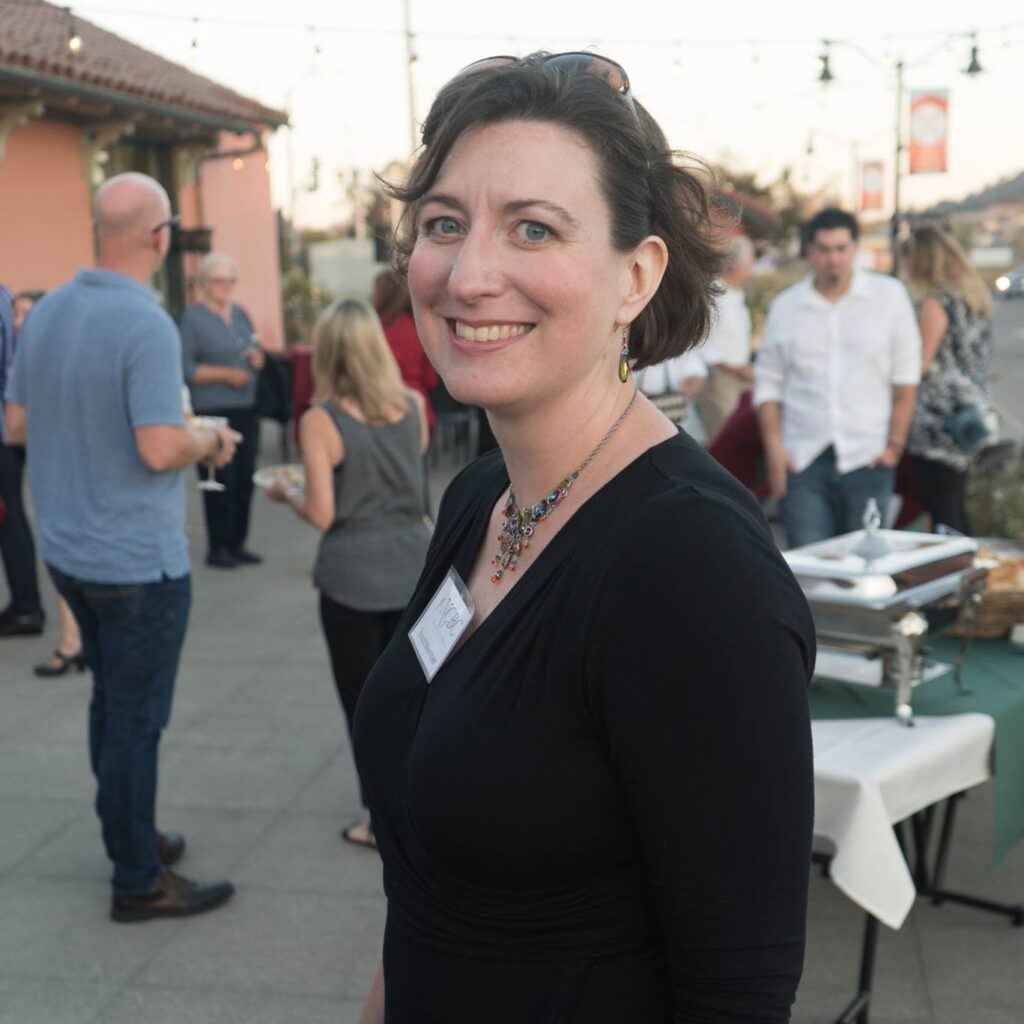
I’ve known Anne Metevier since around 2000, and I started working more closely with her around 2003. She has led and/or been invaluable for much of our work at the Institute for Scientist & Engineer Educators; for example, she led this recent publication. She teaches astronomy at Sonoma State University and Santa Rosa Junior College.
Anne is there in many of my best career and personal memories. She was part of the small group that helped my wife and I elope!
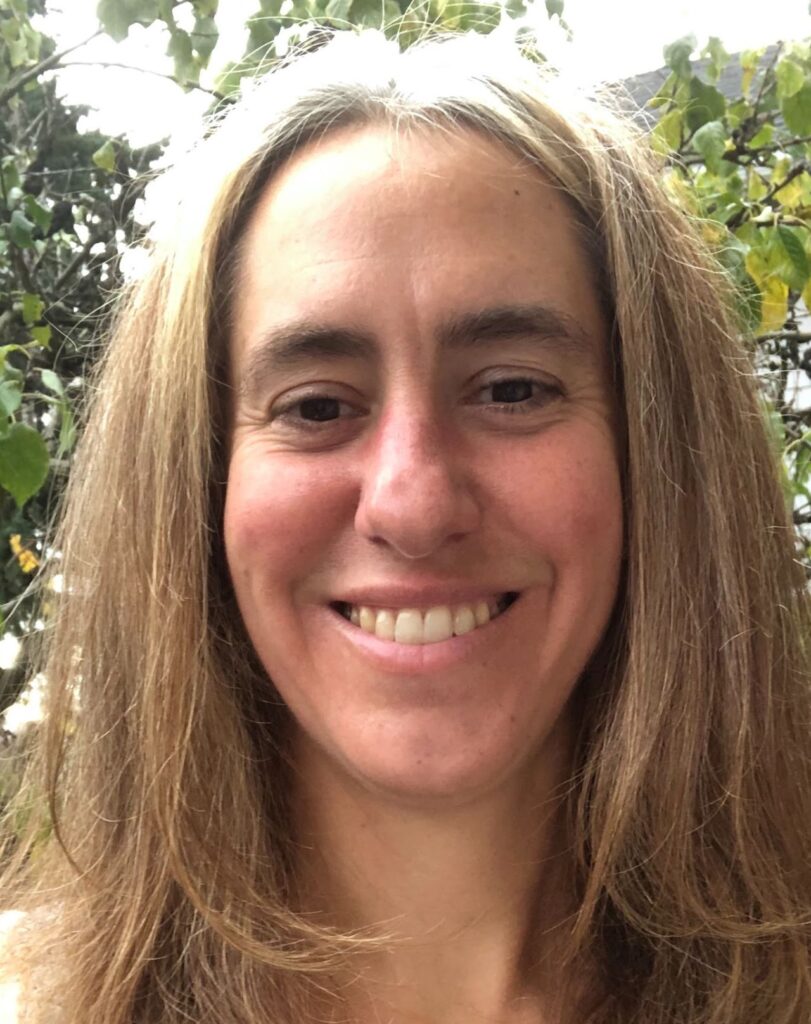
I first met Linda Strubbe when she participated in our ISEE Professional Development Program around 2009. She is an independent educator and educational developer and, oh, also, she co-founded the Pan-African School for Emerging Astronomers. I’ve been circling around vague ideas that how professional development is done in higher education is all wrong, and I keep coming back to some points she and her collaborators make here.
If you have a serious case of impostor syndrome — not me, just, you know, someone — you defensively tell yourself that people who study astrophysics at CalTech and Berkeley might be smarty-smart but they’re not, you know, well-rounded whole people, right? And then you hang out with Linda.

Around 2012, I became fast friends with CSS‘s Dean of Students, Megan Perry-Spears. I kept hearing students talk about the W curve, and she explained it to me. I wish every higher education faculty member understood that the student affairs staff are educators the way I understand it from knowing Megan. As a matter of fact, she might be more thoughtful about student learning than the average faculty member.
Megan and her wife were — unbeknownst to them — listed as the emergency contacts for my son at school. Obviously there’d never be a time when the school couldn’t reach me or my wife, right? Oops.
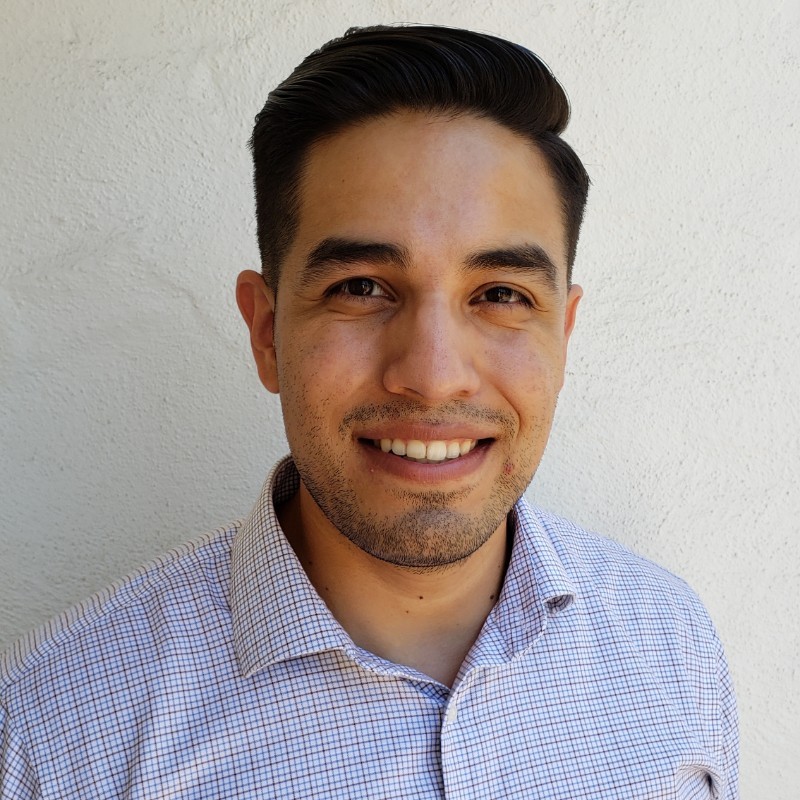
Rafael Palomino joined our ISEE Professional Development Program around 2013, and within a couple years he was an instrumental member of the development team. Most recently we worked together on the Equity & Inclusion “theme” within that program. He is senior instructional designer at Cepheid. He has a remarkable command of numerous frameworks and theories; I’m excited to hear more from the corporate education/training perspective.
I can never tell if Rafael’s being sincere or patronizing when he compliments my music tastes.

I met Sarah Stewart around 2015. She is the associate director of CSS’s Office of Equity, Diversity, and Inclusion. Somebody asked a dismissive question about the invite-only opt-in first-year seminar for students of color that she teaches, and I found that it demonstrably improves graduation rates for those students. She’s also my classmate in our Ed.D. program.
When I first met her, Sarah said something about a short, unpleasant stint in North Carolina, and I’ve felt that somehow it’s my job to make it right ever since.
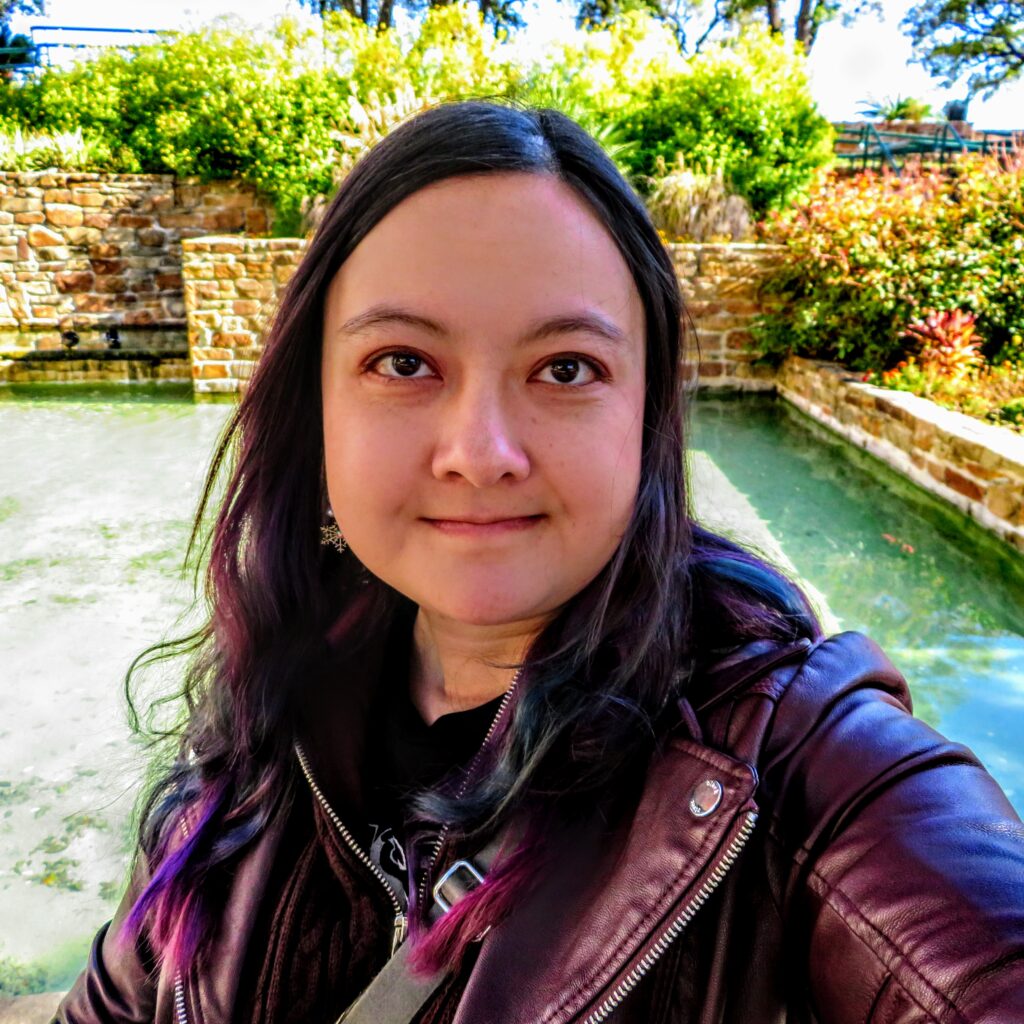
I met Christine O’Donnell when she joined the ISEE Professional Development Program around 2018. Recently I had the privilege of working as her editor on this article; that really got me thinking about her experiences and perspective. She is an Education and Diversity Program Manager at the American Physical Society.
I can’t find it now, but I swear I’ve seen a collage of photos of Christine in hardhats visiting cool facilities.
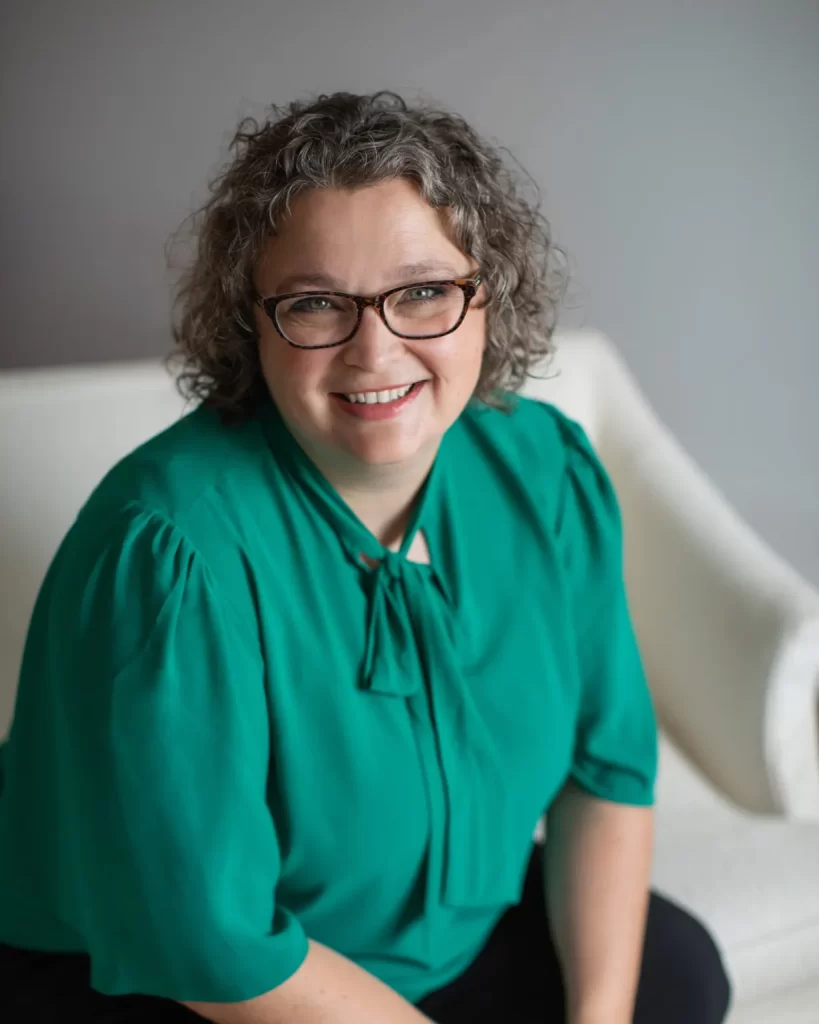
I’ve only known Erin Karlgaard since 2021, when we joined an Ed.D. program in the same cohort. She is a 3rd-grade teacher, a Racial Equity Advocate, and a 2022 Minnesota Teacher of the Year finalist. She consistently asks an equity question at times when I’m distracted by something less important.
At one point I asked a “hypothetical” question: If I ask someone from my Ed.D. cohort to blog here, do I have to ask everyone from my cohort? It wasn’t hypothetical, obviously — I wanted to ask Erin!
What now?
Our plan, for now, is for someone to blog here approximately every week. Several of us will always be “on duty” to converse in comments. We’re going to see how this goes for a little while, and then pause to check in. I’m excited to get started!